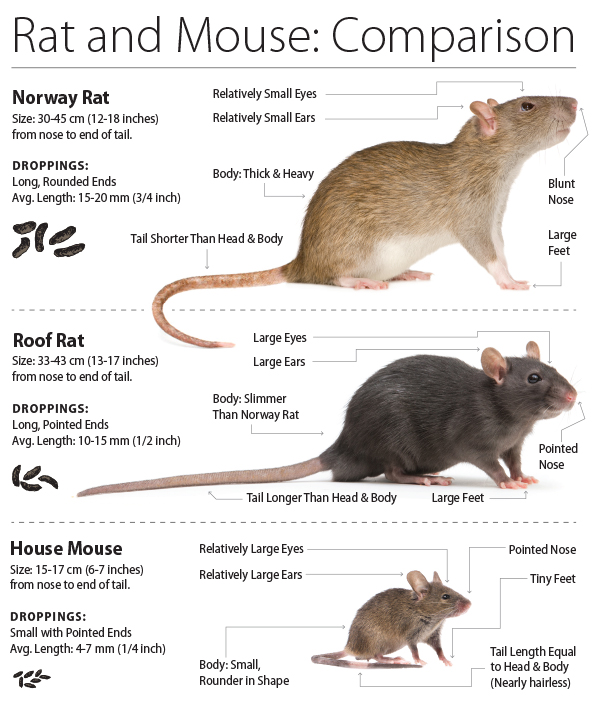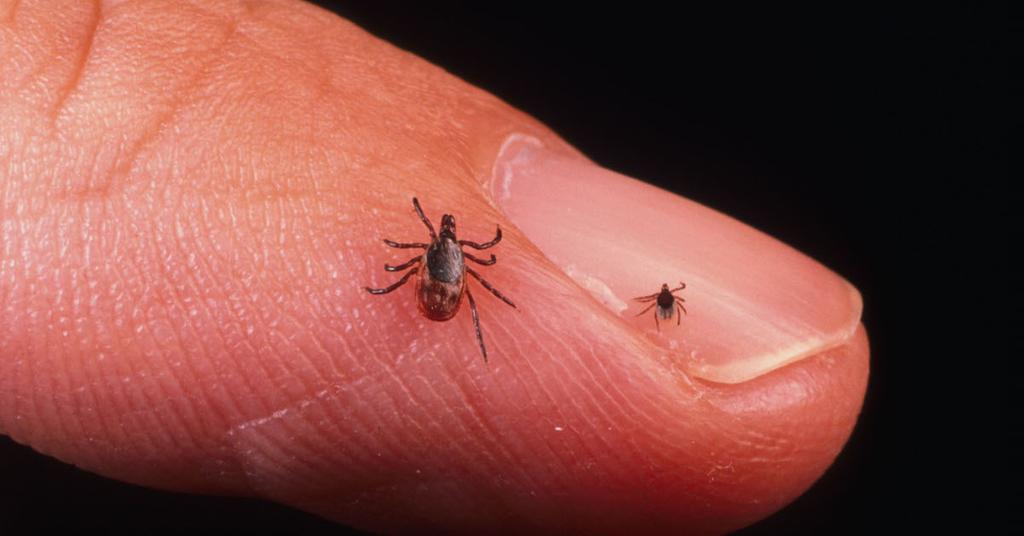Table Of Content

The house mouse also has smaller, rounder ears and smaller, beadier eyes than the field mouse. A field mouse has a bare tail that is shorter than the length of its body. A house mouse has fur on its tail, and this appendage is equal in length to its body.
House mice are excellent jumpers, whereas deer mice are better climbers.
Overview Introduction to field mouse control Field mouse control in agricultural areas is a crucial aspect of farming operations. These small rodents can cause significant damage to crops, leading to substantial financial losses for farmers. Therefore, implementing effective field mouse control measures is essential to protect agricultural yields and ensure the sustainability of farming practices…. But what’s the difference between field mice and house mice, and how do you tell them apart? This field mice vs house mice guide will cover all you need to know, highlighting six of the biggest differences.
When are mice most active?

The house mouse (Mus musculus) is one of the most common mammals worldwide. It can be found in all parts of the United States and Southern Canada. Adults are about five to seven inches long, with large, round ears and mostly hairless tails. The size of a house mouse can vary, but the average is 2.5 to 3.2 inches long. Their small size allows them to fit through the smallest of cracks and holes in foundations or roofs.
Pantry Pests That May Be Invading Your Food Stash
They also chew on insulation, wood, and other materials, which can weaken the structure of a building. Additionally, they can contaminate food and surfaces with their droppings and urine, which can lead to health problems for humans and pets. In agricultural settings, field mice can damage crops and cause significant economic losses. It is important to take measures to prevent and control mouse infestations to avoid these potential damages.
Compared to field mice, house mice usually have smaller bodies and longer tails. While they typically measure around 5 to 7 inches in length, their tails account for about 3 to 4 inches of their size. Reading to this point, we believe you are now aware of the facts, similarities, and differences between the field mouse vs house mouse. Hantavirus affects the respiratory system, this virus gets into the body when you inhale its droppings and urine. The house mouse carries diseases like lymphocytic choriomeningitis and leptospirosis, which are very harmful to your health. Overall, there are several differences between field and house mice in key areas like diet, habitat, behavior, size, and appearance.
Wood mouse guide: how to identify, diet and habitat - BBC Discover Wildlife
Wood mouse guide: how to identify, diet and habitat.
Posted: Tue, 18 Aug 2020 07:00:00 GMT [source]
Differences: Field Mice Vs. House Mice
So, they eat fruits, seeds, nuts, and berries, but won’t have a problem eating other things including pet food and livestock feed. Field mice prefer to build their nests outdoors, often in grassy areas or under shrubs. House mice, on the other hand, prefer to nest indoors, usually in warm and secluded areas such as attics, basements, or wall voids. They construct nests using soft materials like shredded paper, fabric, or insulation. Both types of mice are known to be resourceful and adaptable when it comes to finding suitable nesting sites. However, their preferences for indoor or outdoor habitats set them apart.
Are field mice dangerous?
The feet of house mice are small and they can’t jump as far, or high as wood mice. They vary in fur color from black to brown to white and multi-colored coats as well. House mice and field mice may look pretty similar at first glance, but upon analyzing their appearances and behaviors there are several plain and clear differences to see. From the way that they look to the places that they tend to frequent by choice, field mice and house mice are indeed different breeds. The most obvious difference between the two breeds is that field mice tend to be found in rural areas, such as fields and forests. This does not mean that a field mouse can’t find its way into your home though; both field mice and house mice are known for seeking refuge indoors.
If you have never heard of HPS, it is a respiratory disease that can cause severe respiratory illness (or even death in extreme cases). Early symptoms of the illness include aches in the large muscle groups, fever, fatigue and vomiting. Even more serious symptoms may include fluid in the lungs and low blood pressure and there is currently no permanent cure. Despite their commonalities, however, one species is significantly more concerning to your overall health and well-being.
Whatever your unwelcome visitors may be, our rodent control service is at your disposal. We’ll first perform an inspection of your property and then treat the premises with highly-effective professional pesticides. The colour of house mice is what sets them most apart from field mice.
They are usually around the same size, although field mice tend to be smaller and house mice have thicker, almost hairless tails. It’s easy to confuse a field mouse for a house mouse, especially when you don’t know their differences. However, learning about the differences between the two rodents can help you come up with better solutions to eliminate them during an infestation. House mice and field mice have similar needs and seek places with easy access to shelter, water, and food. A house mouse will look for ways into your home and may decide to stay if it can find foods high in sugar, fat, or protein.
Understanding the threat that field mice pose is crucial in order to protect your garden effectively…. Their backs and heads are a darker brown or gray, but their underbellies, legs, and feet are either tan or white. Field mice or deer mice are known to convey hantavirus, which is a respiratory infection that can be lethal. An individual can get hantavirus when they breathe in the infection from tainted mouse pee or droppings. Field mice or deer mice generally have droppings with pointed closes, while house mice droppings regularly look like a grain of rice.
Lyme disease can cause symptoms such as fever, fatigue, and joint pain. By implementing these interventions, the risk of contracting diseases from field mice can be significantly reduced. The biggest concern with a deer mouse infestation is their ability to spread hantavirus pulmonary syndrome, which can be fatal for humans. Humans can catch hantavirus by inhaling contaminated feces or urine from infected deer mice.

No comments:
Post a Comment